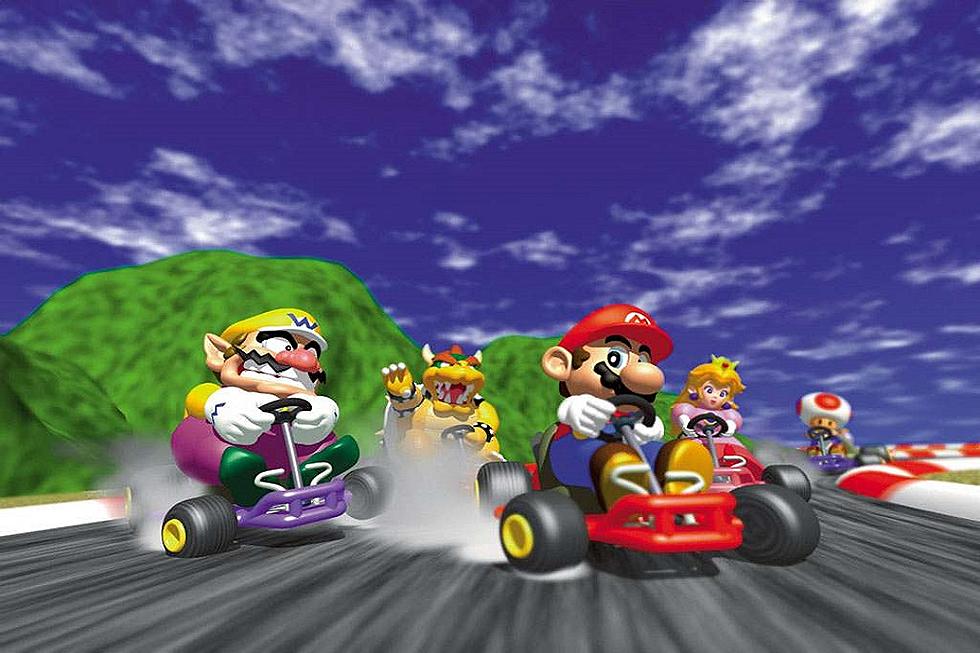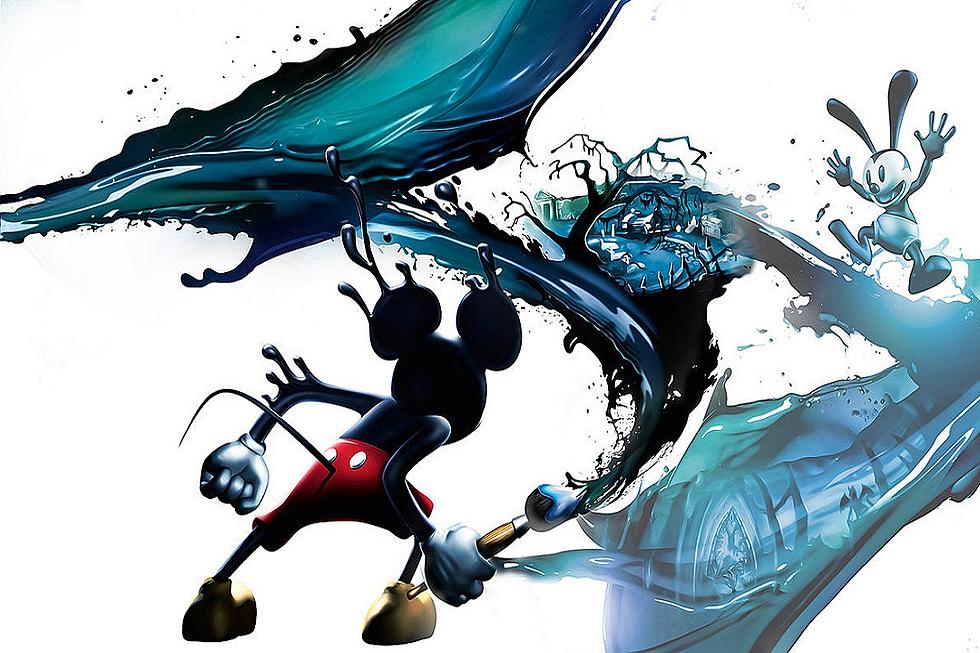
The Genesis of 1990s Console Wars
Across history, there is arguably nothing that builds a great product like competition to be the best. This is especially true of the video game industry, where companies like Sony, Microsoft, Nintendo and others have battled it out across decades to decide who gets to control the living room. However, though this companies continue to put more on the line to be superior each year, it was in the ‘90s when the first notable “console war” began. It was in this time when Sega was still in the market and one of the most powerful arcade and home video game developers out there. Today in particular marks the 1989 North American release of Sega Genesis in the first volley of fierce competition with Nintendo that would produce many of the greatest 16-bit games of all time.
The iconic Sega console’s story begins with its former parent company, Gulf and Western Industries. At the time, Sega Enterprises, under Gulf and Western was one of the top arcade manufacturing conglomerates in the United States. However, in 1982 the arcade industry saw a heavy decline in business and Gulf and Western was forced to sell off much of its assets. Looking for a way to recoup loss, the heads of Gulf and Western turned to then president of Sega Enterprises, Hayao Nakayama, for ideas. Nakayama saw consumer interest turning towards the budding industry of home video game consoles and suggested to console do the same. Sega was then put to work on creating a console that would recapture player attention for Gulf and Western.
The first attempts by Sega to market a home console were considered failure. The SG-1000 and Sega Mark III (better known as the Sega Master System in North America) found a little bit of success in Europe and South American markets, but failed to appeal to Japanese and North American markets where Nintendo was dominating with the Nintendo Entertainment system. Sega’s R&D team regrouped immediately after the Mark III’s release 1986 and began to prepare for a new and imminent battleground: that of the 16-bit consoles. Facing competition from Nintendo and also prominent Japanese computer company NEC with their newly released PC Engine in 1987, Sega turned towards their arcade roots to help create the next system. Their new console would be one that was capable of emulating the superior quality of arcade-level games in a home setting.
The next Sega console, originally dubbed the Mark V, later changed to the Mega Drive in Japan and named the Sega Genesis in North American markets, used Sega’s successful Sega System 16 arcade boards alongside dual CPUs, one of which handled graphics and gameplay and the other of which was solely responsible for sound. Though the Mega Drive struggled at release, going up against Super Mario Bros. 3 at the time of its launch, a new aggressive north American campaign was about to change the game and put Nintendo on the defensive.
Sega’s new North American strategy was headed up by American businessman Tom Kalinske. Kalinske organized a strategy that had worked in other industries he’d previously worked. The price of the Genesis was cut and a new ad campaign began that challenged Nintendo head-on began. Ads like the famous “Genesis does what Nintendon’t” came before Kalinske, but a focus on positioning Genesis against the emerging Super Nintendo as the cooler console, the infamous Sega scream, and putting a focus on “blast processing” to claim that the Genesis worked faster than its competitor served as means to push consumer awareness to new heights. However, one of Kalinske’s greatest idea was bundling one of the most prominent games on the Genesis, the original Sonic the Hedgehog, with the sale of the system.
Many of Kalinske’s ideas paid off. In 1992, Sega had control of the console market by a large margin marking the first time in many years that Nintendo had lost lead of the market to anyone. The fervent competition between both companies would continue on throughout the decade, bringing a ton of great titles and hardware (and some not so great) to electronics and toy store shelves. Sega has since slipped into simply creating games for systems these days following the failure of quite a few hardware releases and Nintendo isn’t nearly as great as they once were, but when these two giants clashed in the ‘90s, the players are the ones who won.
More From Arcade Sushi



![What’s Old is New Again with Sonic Mania on Nintendo Switch [Preview]](http://townsquare.media/site/550/files/2017/01/sonic-mania-2.jpg?w=980&q=75)





